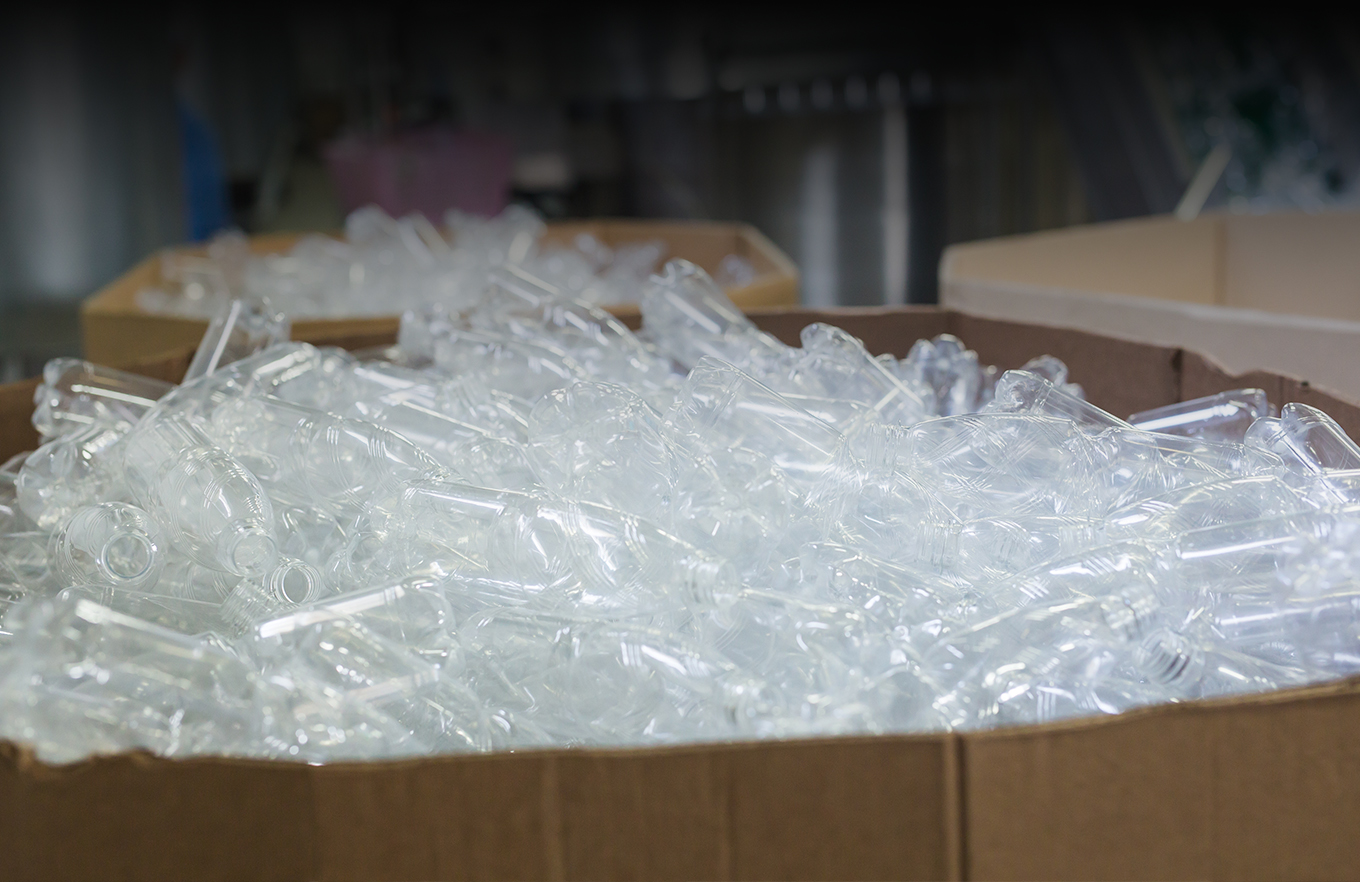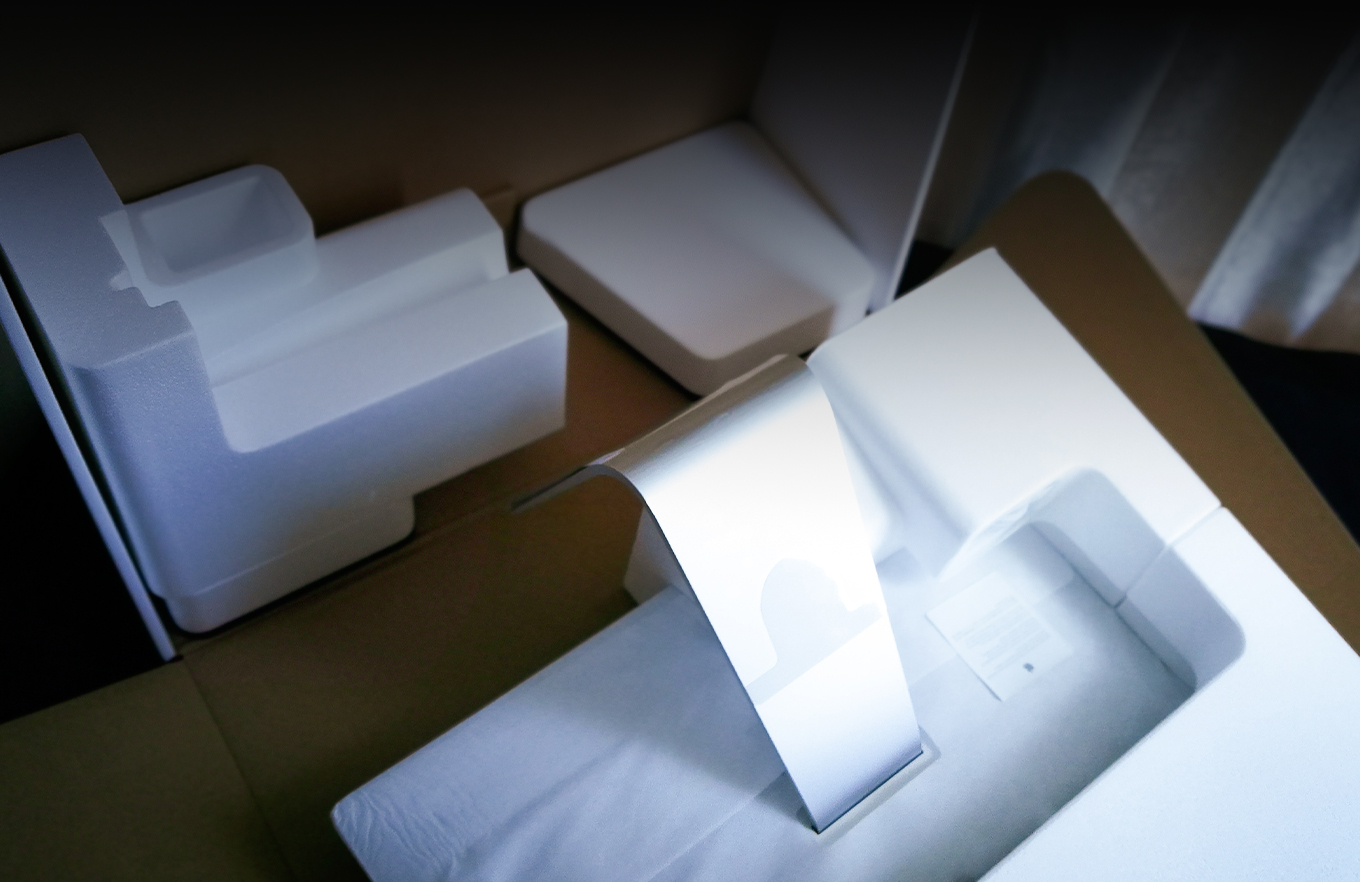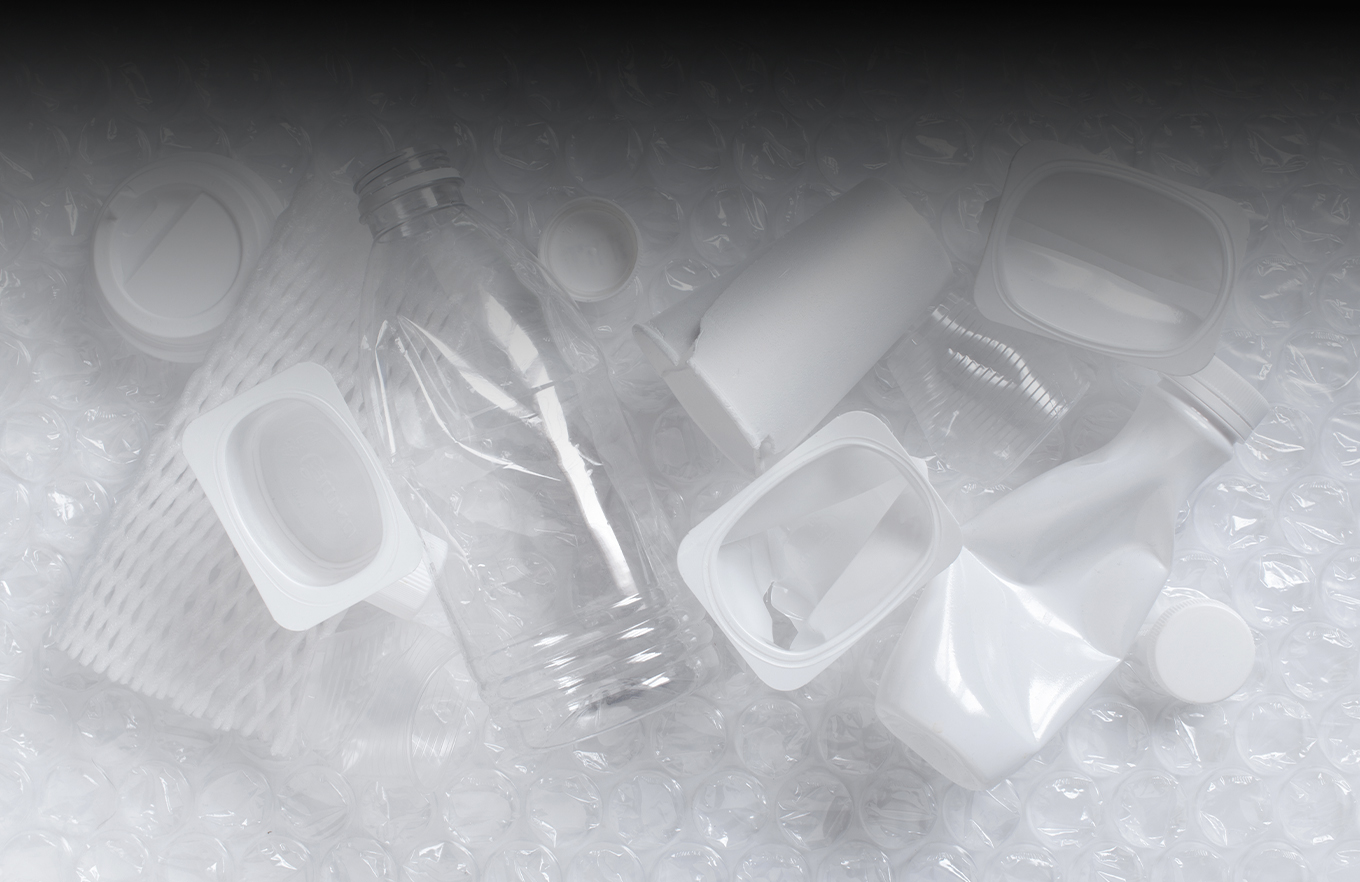
The packaging industry is undergoing a quiet but powerful transformation, and at the heart of it is packaging foam. This essential material, known for protecting fragile products during shipping, is now embracing innovation like never before.
In this article, we dive into the exciting world of packaging foam, examining the latest technologies, environmental improvements, and real-world applications that are shaping its evolution. As you'll see, in 2025, this common material is becoming smarter, safer, and more sustainable.
Packaging foam has always been about cushioning and protection. However, modern demands are pushing manufacturers to rethink their design. From biodegradable options to smart foams that respond to temperature and impact, today’s packaging foam is far more advanced than its early predecessors.
One of the leading contributors to these developments is Samad Foam, which has continually invested in eco-conscious alternatives while maintaining high protective standards. These innovations are not only meeting logistics demands but also aligning with sustainability regulations across Europe and Asia.

The shoe industry faces unique challenges when it comes to packaging. Footwear, especially high-end or custom designs, requires more than just standard protection. This is where custom packaging foam, including tailored shoe foam, comes in. Shoe manufacturers are increasingly choosing foams that protect delicate materials like leather, mesh, or knit without applying too much pressure that could deform the product.
Modern shoe foam packaging includes layered designs that use varying densities to absorb shock and keep the product stable during transit. Some manufacturers are even experimenting with TPE foam and hybrid composites for enhanced resilience. While TPE foam isn’t always used directly in packaging, its structure inspires new formulations of protective foam.
Samad Foam continues to serve as a trusted partner to global shoe brands, offering tailored shoe foam solutions that meet aesthetic and durability requirements without compromising sustainability goals. The use of shoe foam designed for precise fit and superior shock resistance is a game-changer in logistics and customer satisfaction.
Until recently, packaging foam was seen as a contributor to landfill problems. In 2025,however, companies are developing biodegradable foams using plant-based inputs or modified starch blends. These materials break down faster than traditional petroleum-based foam, reducing long-term environmental impact.
Samad Foam is pioneering these developments, introducing lines of biodegradable packaging and shoe foam that perform just as well as conventional products while significantly reducing the ecological footprint.
Packaging foam is also being designed with the future in mind. Samad Foam is one of the companies leading the charge with its returnable packaging programs. These programs allow manufacturers and retailers to reuse foam inserts, including shoe foam, cutting down waste while maintaining protection standards.
Reusable shoe foam also adds value for retailers dealing with seasonal or high-volume footwear products, offering both environmental and operational benefits.

One of the most futuristic developments in packaging foam is the integration of micro-sensors. These sensors can alert handlers if the package has been dropped or subjected to extreme temperatures. While this is still in early deployment, the shoe industry is showing interest, especially for luxury items.
Such technology, integrated with high-performance shoe foam, can help brands ensure their product integrity through the entire delivery chain.
AI and data analytics are now being used to design foam with pinpoint precision. Based on product dimensions, weight, and fragility, AI models suggest the ideal foam density and structure. Samad Foam is leveraging this technology to produce customized protective packaging faster than ever before.
With AI-powered design, even shoe foam can now be made with varying compressibility zones, offering enhanced protection for different footwear types, from stilettos to running shoes.
Contact Samad Foam today to explore the next-generation packaging foam solutions tailored to your product needs.
As we've seen, 2025marks a turning point for packaging foam. No longer limited to being just a cushion, it’s evolving into a sophisticated material that meets the dual demands of protection and environmental responsibility. Brands like Samad Foam are leading this transformation, making foam smarter, safer, and more sustainable. Whether you're in the shoe industry or another sector requiring protective packaging, now is the time to rethink what foam can do.
In 2025, the most sustainable options include biodegradable plant-based foams and recyclable foam blends. These reduce landfill waste and meet environmental compliance standards.
Packaging foam, particularly customized shoe foam, prevents physical damage, shape deformation, and material scratches during shipping and storage. It ensures the shoes arrive in pristine condition.
Yes, modern packaging foam, especially from companies like Samad Foam, is designed for multiple uses and easy recycling, aligning with circular economy goals.